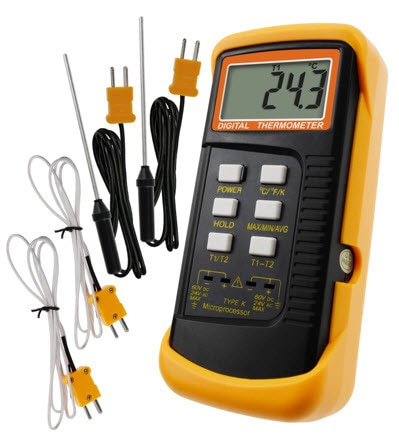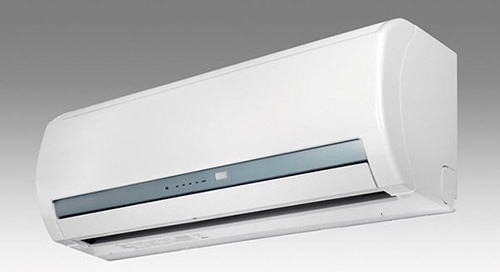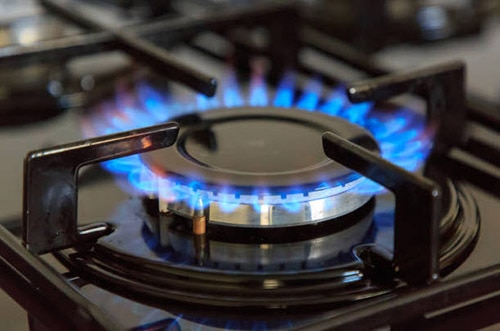制造商零件编号 COM1705
TYPE-K BRAIDED THERMOCOUPLE
Pimoroni Ltd
Hi, my name is Andrew! Here, we will be going over thermocouples, their applications, the physics behind them, and what factors you should consider when choosing a thermocouple for your own personal projects.

In physics, heat has the tendency to evenly distribute itself across a material when there is a temperature gradient. For example, if we have a rod and heat is applied to only one end of the rod, then we can expect the transfer of heat energy to flow from the heat-applied rod to the other end. This principle applies to the individual particles inside the rod as well; electrons are good carriers of thermal energy, especially in metals where there exists a lattice structure. Electrons are able to easily flow from one end to the other, and we can induce this phenomenon by applying some heat.
This is why thermocouple devices are usually made out of metal for easy electron flow from one region to the other. Some common pairs of materials that may be used when creating a thermocouple are iron-constantan (also known as type T) and platinum and rhodium (thermocouples here are considered type S, R, or B depending on the ratio). Depending on the specifics of the applications you are looking for, you may want a thermocouple that is more sensitive to changes in heat or may be more resistant.

Generally speaking, a thermocouple works by having two different wires made from different metals welded at a particular junction. Voltage is induced when there is a change in the temperature in that particular junction. The science behind this is that different metals have different levels of affinity for heat conduction. So, there will be a difference in temperature between the two wires. This difference induces an EMF that has very practical applications in home appliances, industrial processes, and temperature sensors in thermostats.

Another common application of thermocouples is in gas stoves/furnaces. Although seemingly very minor, thermocouples also can play a huge safety role. In a residential furnace, the pilot flight generates a flame, which then ignites an emission of natural gas from a valve. A thermocouple will be able to sense the flame and leave the gas valve open; otherwise, the thermocouple can detect a lack of presence of a flame and can be used to close the valve, preventing any unnecessary gas leaks and possible poisoning or explosions.
Due to the different varieties and flavors that thermocouples come in, you may want to design a project where you'll need a specific type of thermocouple that works best for your application. Depending on what you're making, there are a few certain factors to consider when picking out a thermocouple:
These are just some factors to consider when picking out the right thermocouple for the specific specs and constraints of your project. If you found this blog post entertaining and informative, please share this post with your friends!
As always,
Andrew